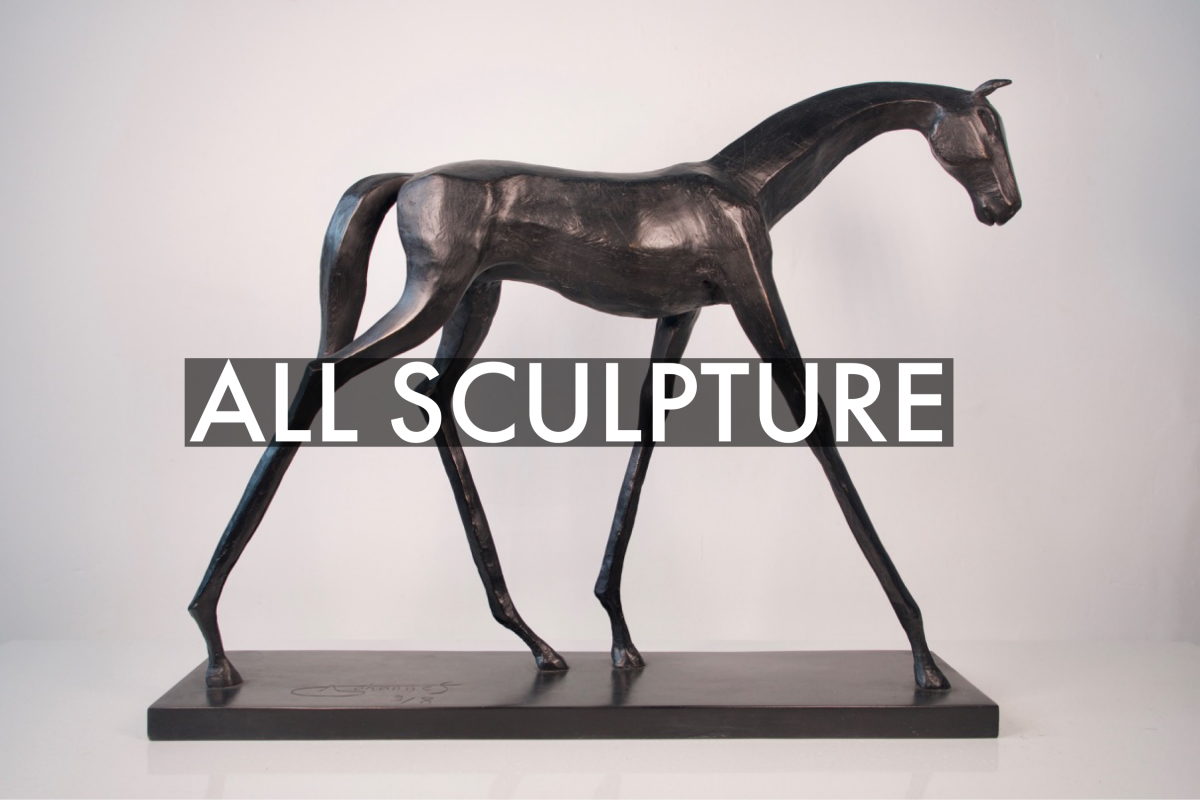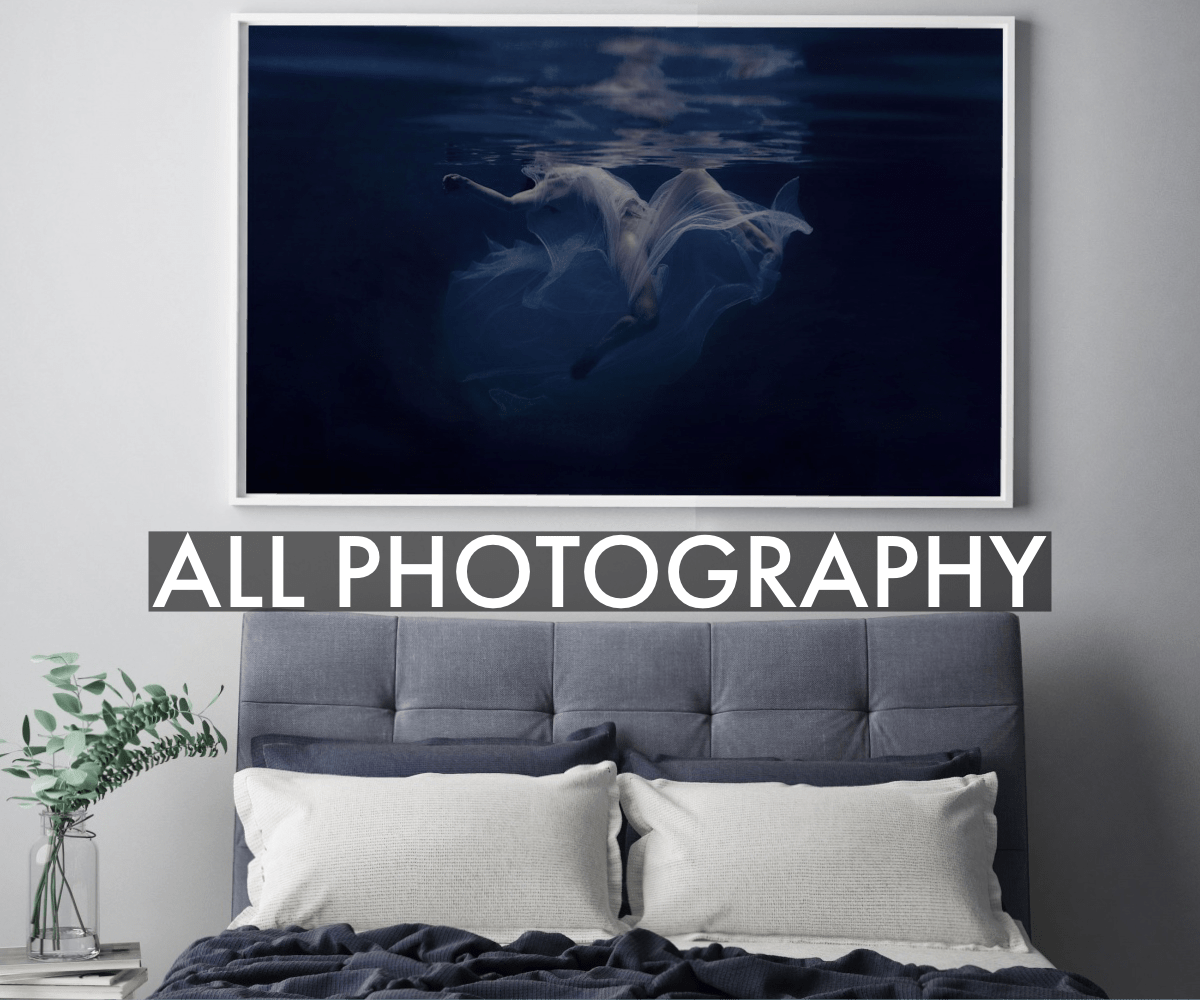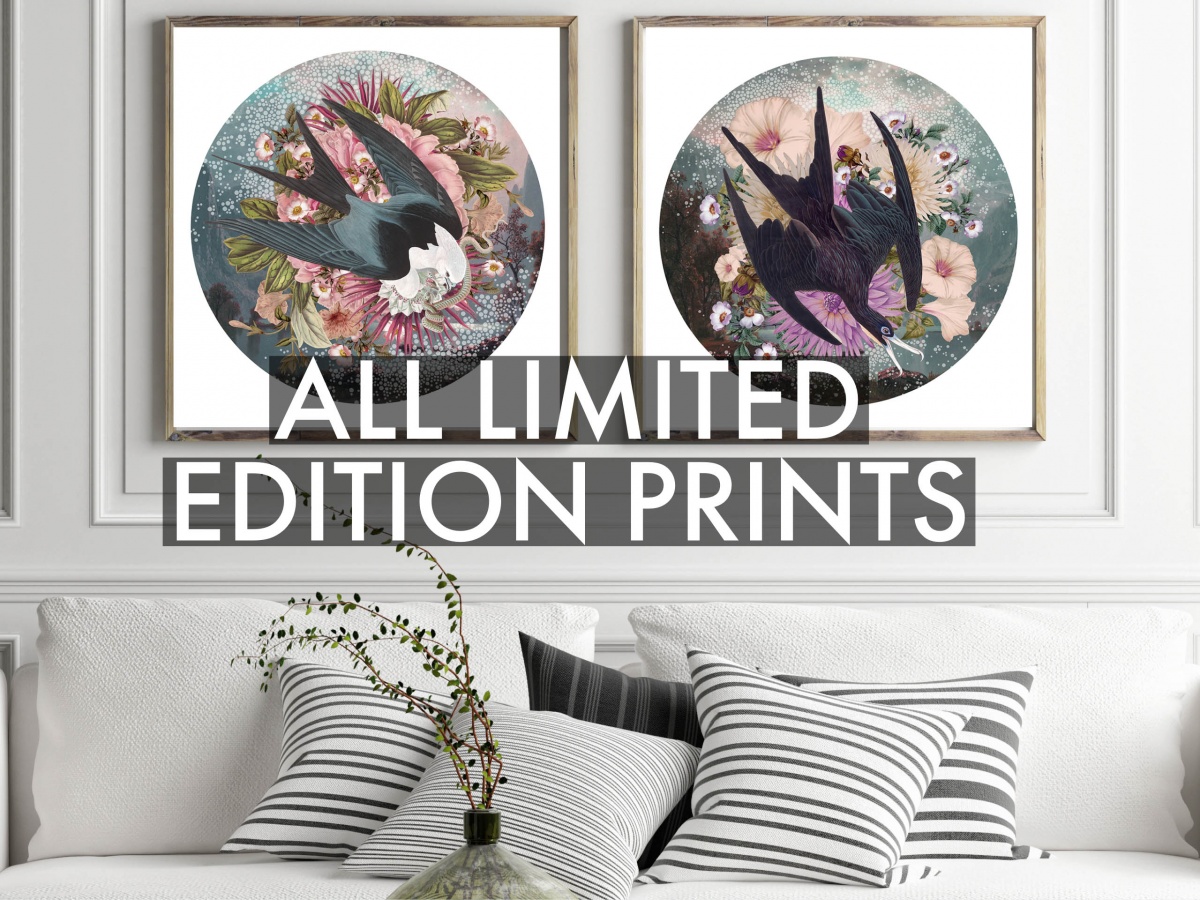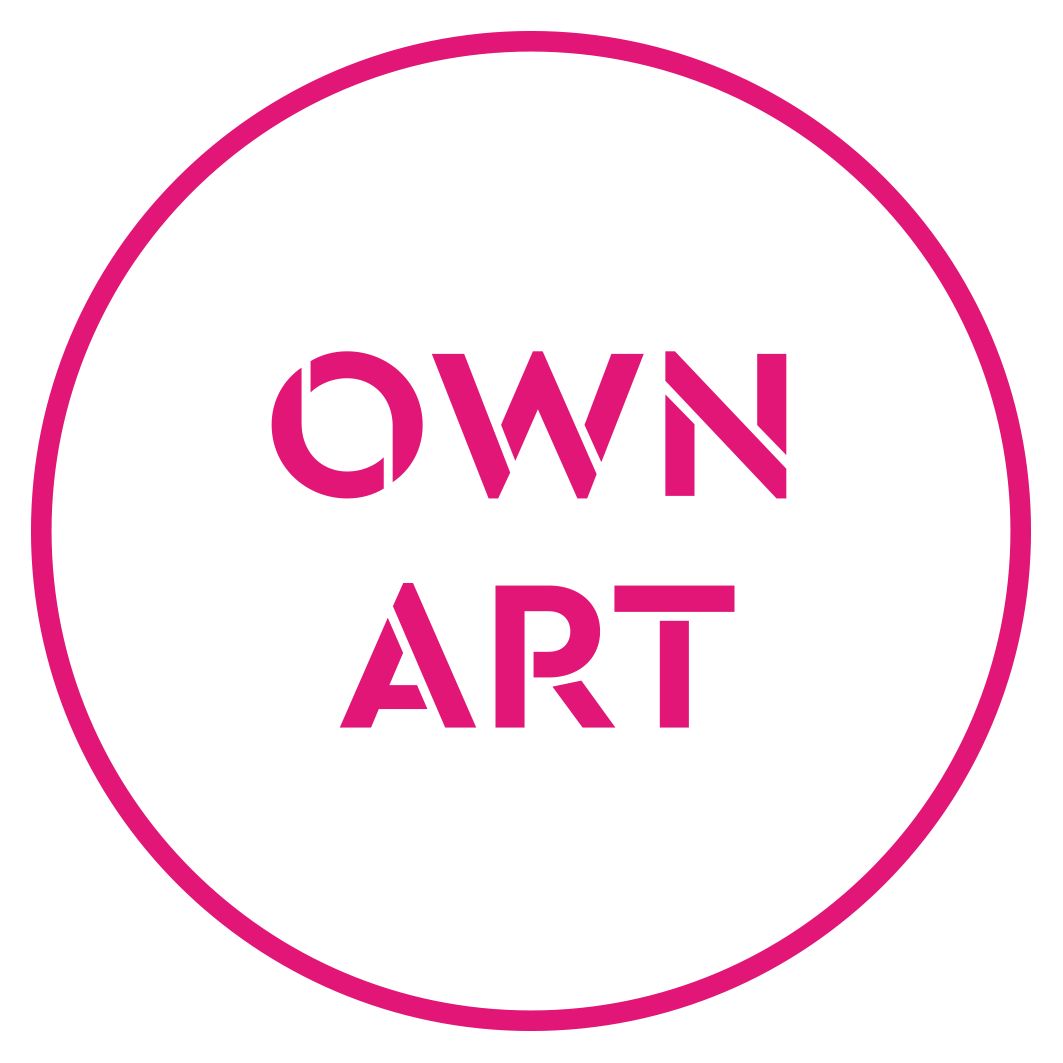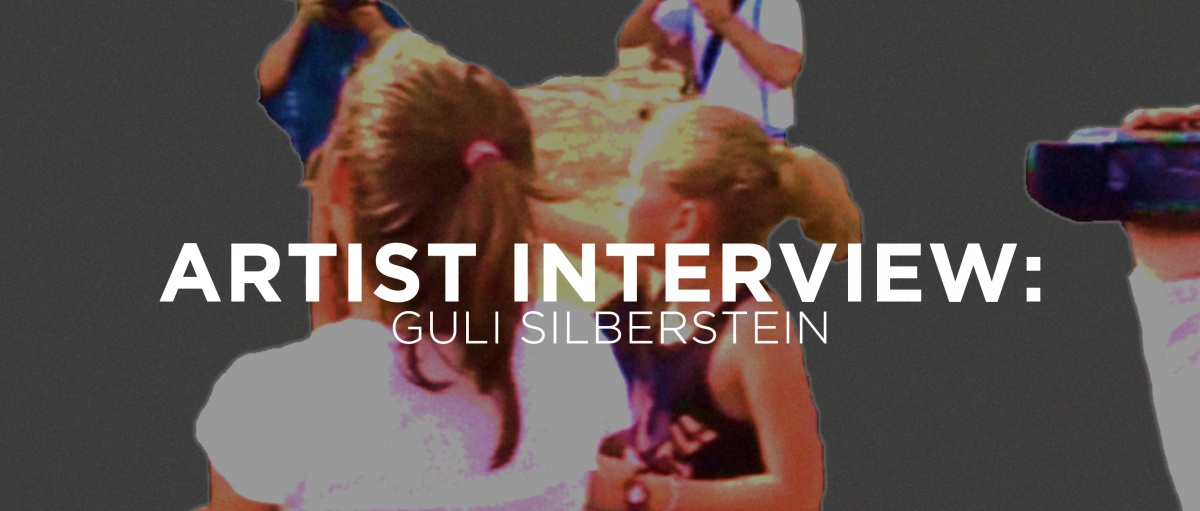
'Cut Out' is a digital processing of a video picked up from YouTube. In the video work a raging girl is roughly cut out from her surroundings by a computer algorithm struggling to contain her. She is punching the air and shouting. Her enemies are rubbed off the frame, sound is removed and music added, emphasising her anguish and anger. Gradually, more fragments of the scene are revealed, and the context is made clearer. The video-processing highlights the documented scene as image, both of a fight for freedom, and a media event.
'Cut Out' was also selected by Go Short festival (April 2015), the Netherlands, as one of the best 60 short European films of the past year, and won best experimental film award at BornShorts festival, Denmark (September 2014). It would be shown in the Edinburgh Artists’ Moving Image Festival in Edinburgh Scotland in December.
Silberstein new work 'Machinic Phylum' would take part in the coming London Short Film Festival in January 2016, and participated in previous exhibitions in the UK.
Cut Out deals with the absence of context, which is gradually introduced as the character’s surroundings are revealed. What was the purpose of initially isolating the young girl from her environment?
I wanted to free this brave girl. My inspiration was imagining her as a sort of a butterfly, a colourful beautiful figure flapping around in an empty cold space. The result is a focus on the girl's body language, expressing genuine anger, making us wonder why a girl that young is so angry, and sympathise with her pain without judging her by the context she's in. The absence of context around her and its replacement by abstract grey matter relates to her fighting all-consuming amorphous apathetic power - living under military occupation. But the border outlining her body is rough, as she is wild and hard to control. As the video progresses, she breaks the outline, pieces of lands start to enter, context gradually becomes clearer, and anxiety grows, since the video becomes less abstract and more rooted in real life, with all its horror. We also see cameras entering the frame, documenting the girl's conflict with her enemy, putting the girl again in a new light, as we realise she is not naive, and she is aware to the image she creates. It's a comment also about mass media attraction to certain look, almost model like, even in warzone conflict. The removal of context also makes the girl's wishes come true in a way, by removing her enemies from the frame, from her territory.
Much of your work focuses on digitally deconstructing and manipulating scenes of intense armed conflict, what is your aim in doing so?
My interest comes from my own experiences. My first memory from early childhood is sitting in a bomb shelter with my mother and a loud siren is on. All my life I have experienced wars and terror attacks. But the main suffering in the Israeli-Palestinian context is by the Palestinians, who live under the occupation of Israel. I experience this violence mainly through media, disgusted and furious about the injustice of state violence being used for controlling oppressed population. By processing these images of war arriving to me via mass media, I process my own anxiety, fury and criticism, and respond back to that flow. The work is a transformation of mass media images from journalistic or activist documentation to artistic and poetic form, that shows the images in a different perspective. In a way it's a protest act, aiming to raise awareness to the fragility of life and its waste by greed and false ideologies. The manipulation and deconstruction of the video images first aims to highlight the human in the image, to pause on them and connect to them. Secondly, it aims to critique both the artificiality and power of images. They dramatise reality, but also distant from it.
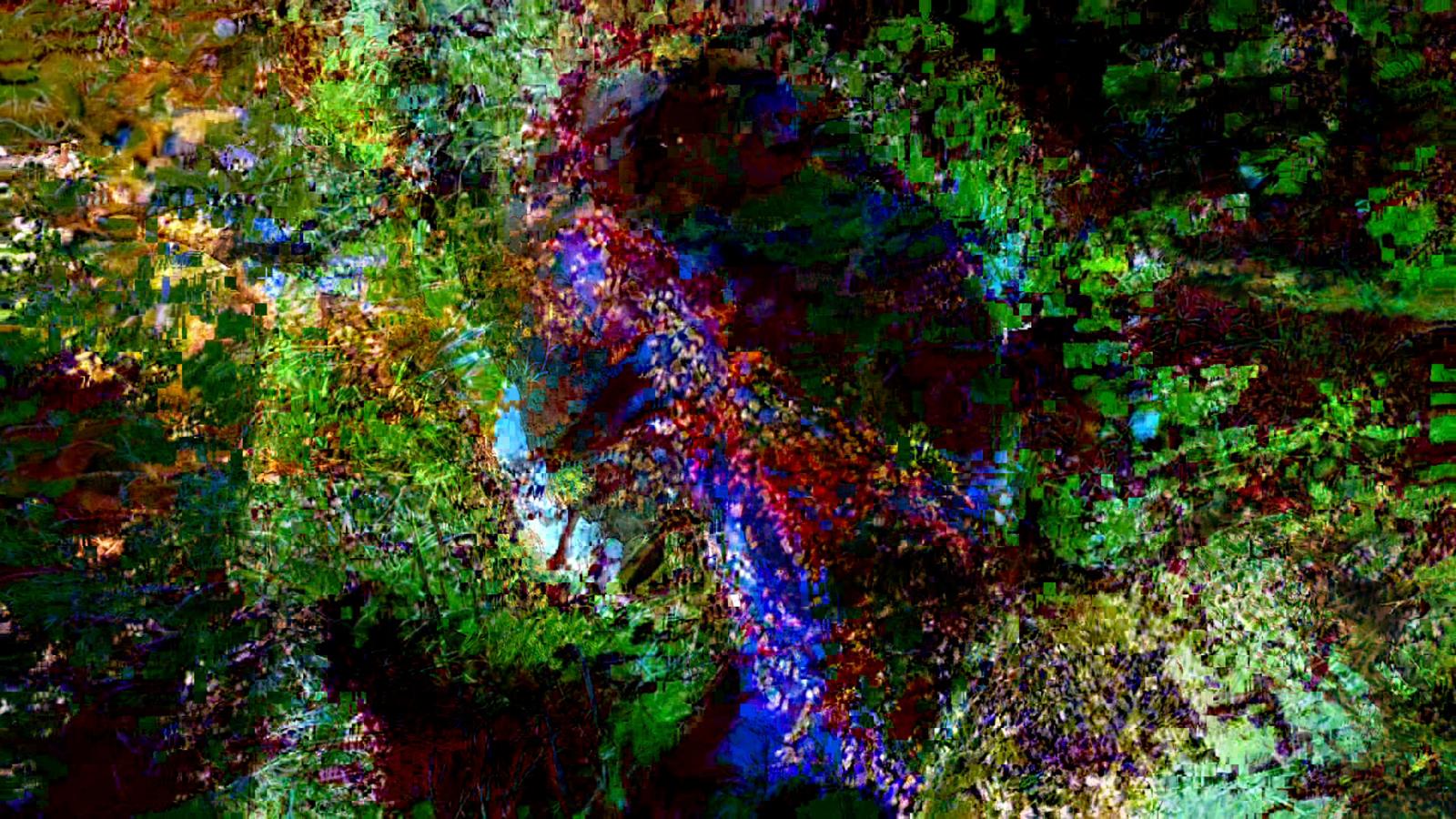
Machinic Phylum #3 - Disintegration , 27 × 48 × 0.3 cm, £330
You mainly use clips that you found online, what is it about found this type of footage that attracts you?
Working with online media gives me freedom to focus on peculiar moments in armed conflicts, moments that stand out of the unfortunately "ordinary" daily horrors. It takes a lot of research, going through many clips to find the 'special' ones. The world is overflowed with images and I feel that my job is to comment on what already exists and try not to add more images to the pile. News reports and online clips are so widespread and play such a dominant political role, that I think it's important to research them and critique them. It is our landscape, and I am kind of obsessed with this landscape, I find it incredibly intriguing and mysterious.
Tell us a little about your project, Machinic Phylum. It seems quite different from your previous works. What is the message behind this film?
Machinic Phylum deals with underlying, more abstract questions about existence and perception, and also address a concern to ecological environmental issues. It started with thoughts about the slow process of destruction of planet Earth, wondering and worrying where it is going geographically and humanely. I was curious to create symbiosis of human and nature forms, by way of destroying video data. It both relates to the destruction of Earth, and also creates unexpected visual beauty: wonderful blurry smears and colourful explosions. I processed together video layers of my daughter, charmed by a flower field, and public domain HD footage of Earth from space, and glitched them together by digital processing. We are made out of code, DNA, and we capture our images in digital code. I am really interested in this connection between nature and technology, and how it reflects on our perception of life and environment. The following quote I discovered while researching the ideas for the work was great inspiration: “The machinic phylum is materiality, natural or artificial, and both simultaneously; it is matter in movement, in flux, in variation” – Gilles Deleuze and Félix Guattari, "A Thousand Plateaus".

Machinic Phylum #4 - Beauty, 27 × 48 × 0.3 cm, £330
What’s next in line for you? How do you plan to make use of your prize from the Nice Film Festival?
I plan to continue working in these two stands - political and abstract, to continue exploring those questions that interest me: human existence and cognition, social issues, technology, and combinations of them. I plan to use the production prize I received from the festival to create new work in a the company's advanced studios in Paris. It's quite an ambitious project, but at the moment I can't reveal too much information about it. I do hope to expand the production to include more funding bodies. Wish me luck.
To see Guli Silberstein's film work click here. For any enquiries please contact isobel@degreeart.com


